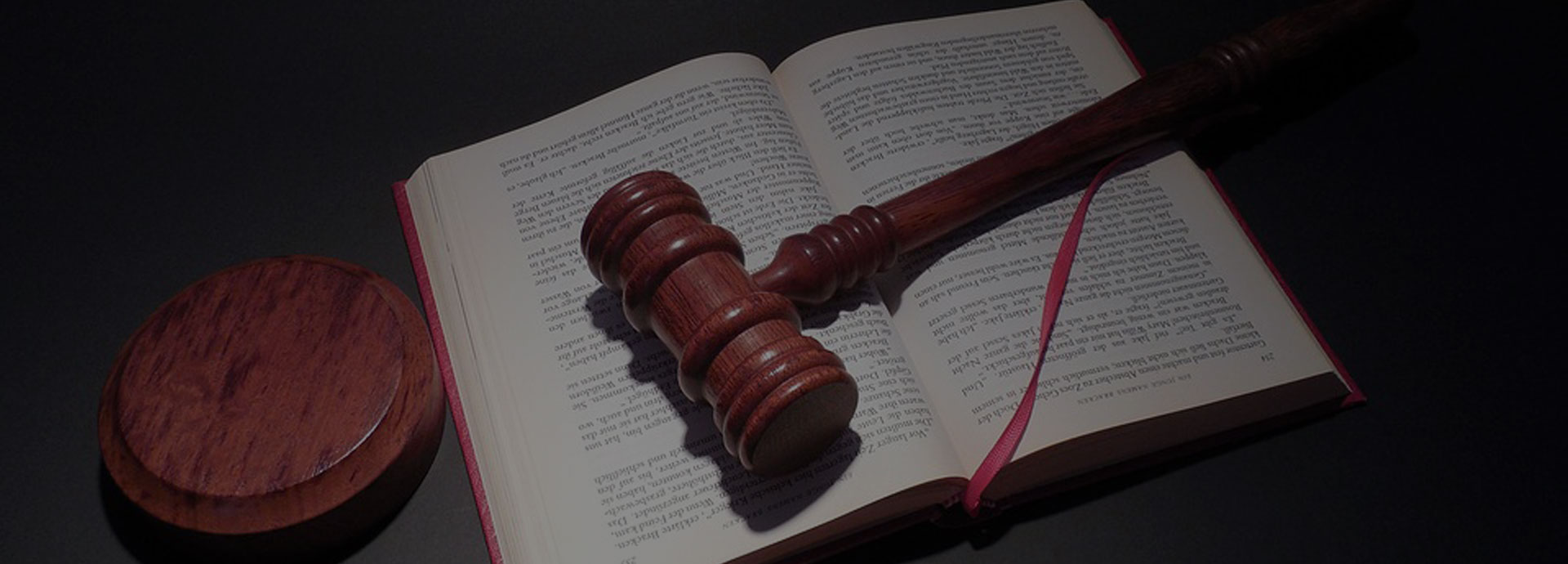28 Mar Bankruptcy at Tax Time
If you are thinking about filing for bankruptcy you should consider some basic tax advice. The best way to plan your taxes and bankruptcy is to make sure your limit the tax refunds you get. The reason for this is you do not want to lose any of your tax refund to a chapter 7 or chapter 13 bankruptcy trustee.
It is also just basic good tax planning to minimize your refunds, so you do not give the government an interest free loan. The best way to minimize your tax return is to check your payroll withholding throughout the year, to make sure you cover all the taxes you owe, but do not get a large refund. This will give you more money each paycheck, instead of a lump sum tax refund at the end of the year.
In some instances tax refunds may be the result of circumstances beyond your control, but you should do your best to minimize the refund. The flip side of the refund is owing taxes to the government. This should also be avoided to make sure you do not have to pay penalties and interest to the IRS or Minnesota Revenue. This is especially important if you withdraw any funds from an IRA or 401k during the year. If you take funds from a retirement account before your are eligible based on age, you will owe the taxes and interest on the money. You should never assume that taxes have already been taken out of the funds you received. In a chapter 13 bankruptcy this type of tax liability is referred to as a “plan buster”, since you will not be able to repay the IRS and stay within your chapter 13 budget.
If you have any other questions you can visit other parts of our site at www.bolinskelaw.com, or contact us at 952-294-0144.


No Comments